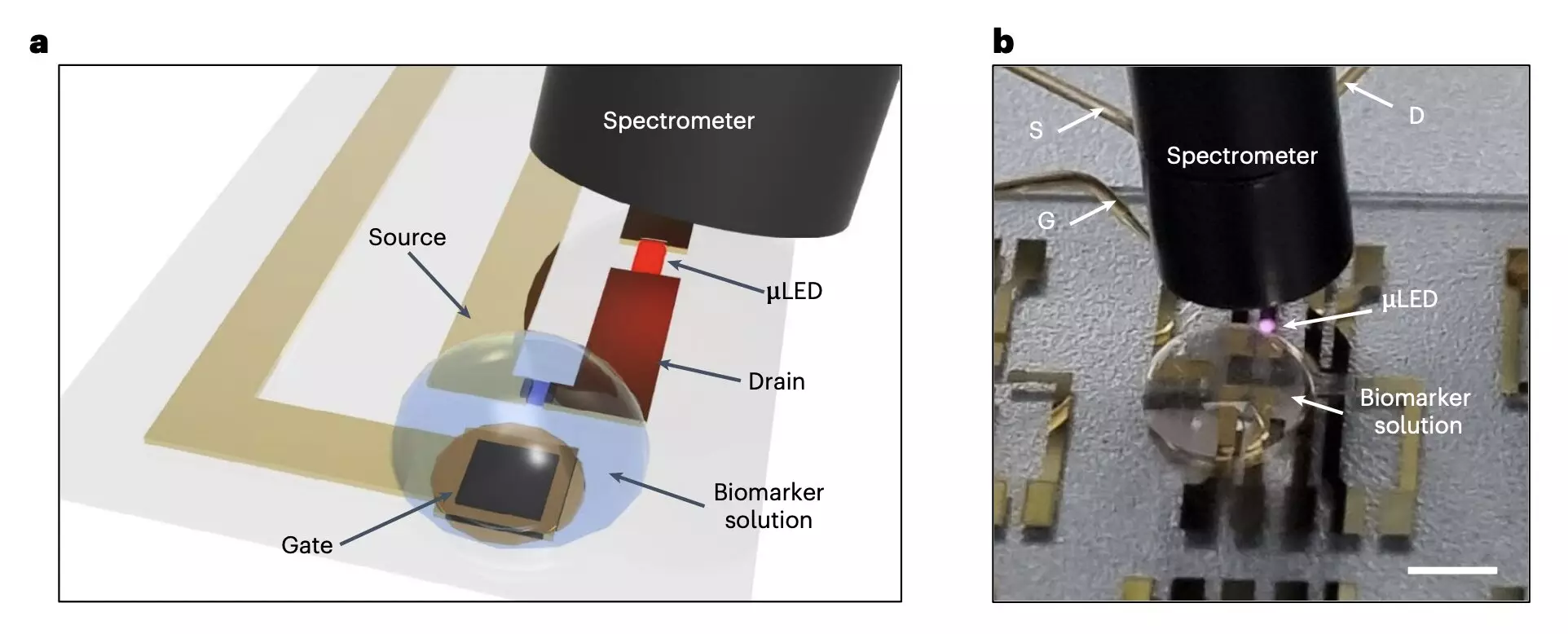In the last decade, the intersection of electronics and healthcare has birthed a revolution in wearable and implantable technologies. Engineers are creating devices capable of monitoring vital biological signals—streamlining both sports performance and healthcare practices. These devices can track a plethora of physiological indicators, including heart rate, sleep cycles, and even calorie expenditure, which can be indispensable for athletes and medical professionals alike. As the demand for real-time health monitoring increases, so does the complexity and sophistication of the technologies employed.
One of the most noteworthy advancements in this field has been the development and application of Organic Electrochemical Transistors (OECTs). Built from flexible organic materials, OECTs excel in amplifying biological signals that are often too subtle to be detected by traditional sensors. They provide promising avenues for monitoring diverse health indicators, such as glucose, cortisol, lactate levels, and even metabolic processes. The ongoing research indicates that these wearable devices could immensely benefit patients with chronic conditions, allowing for more personalized and proactive medical care.
However, all great technology comes with its challenges. The data collected by these OECTs often must undergo a transmission phase, which typically involves additional wireless circuits. These circuits, traditionally made from rigid inorganic materials, can often compromise the device’s overall flexibility and comfort. This potential drawback has led researchers to strive for solutions that integrate both organic and inorganic materials without sacrificing performance.
Recent innovations at the Korea Institute of Science and Technology (KIST) have made strides in solving the aforementioned issues. The team, spearheaded by Kyung Yeun Kim and Joohyuk Kang, introduced an ultrathin wireless device that can effectively monitor biomarkers like glucose, lactate, and pH levels. Published in *Nature Electronics*, their research presents a unique approach by synthesizing organic and inorganic materials into a cohesive device, achieving a remarkable thickness of only 4 µm.
The crux of their work lies in the integration of an organic electrochemical transistor with near-infrared inorganic micro-light-emitting diodes (µLEDs). The OECT sensors are fabricated using gold electrodes laid on a parylene substrate, complemented by a polymer mix of conductive ionomers. This design not only fosters accurate detection of specific biomarkers but does so while maintaining exceptional mechanical stability.
The operational principle of the device hinges on the detection of chemical changes brought on by varying biomarker concentrations. As these concentrations shift, the current flowing through the OECT alters, which in turn modulates the light emitted by the µLEDs. This allows the device to continuously monitor and report on the user’s physiological status. In the words of the researchers, “The channel current of the transistor changes according to the biomarker concentration, which alters the irradiance from the light-emitting diode to enable biomarker monitoring.”
A particularly exciting aspect of this technology is its potential applications; during initial tests, the device demonstrated a high transconductance (gm) of 15 mS and remarkably reliable mechanical properties. Additionally, it was able to conduct near-infrared image analysis, predicting glucose, lactate, and pH levels with impressive accuracy. As the researchers continue to refine their methods, the capability of this wearable device to cater to various medical and fitness applications could revolutionize how we approach health management.
Looking ahead, the versatility of the KIST device suggests numerous opportunities for improvement and adaptation. Researchers are exploring the possibility of making the device operational using soft batteries or solar cells, paving the way for a fully chipless sensing system. This could facilitate widespread use and accessibility, empowering individuals to take charge of their health like never before.
The advancements in wearable health technologies, particularly those employing OECTs, signify a transformative moment in wellness monitoring. Not only do they offer a glimpse of our technological future, but they hold the promise of improving the lives of countless individuals by offering continuous and precise health insights—an evolution worth watching.


Leave a Reply